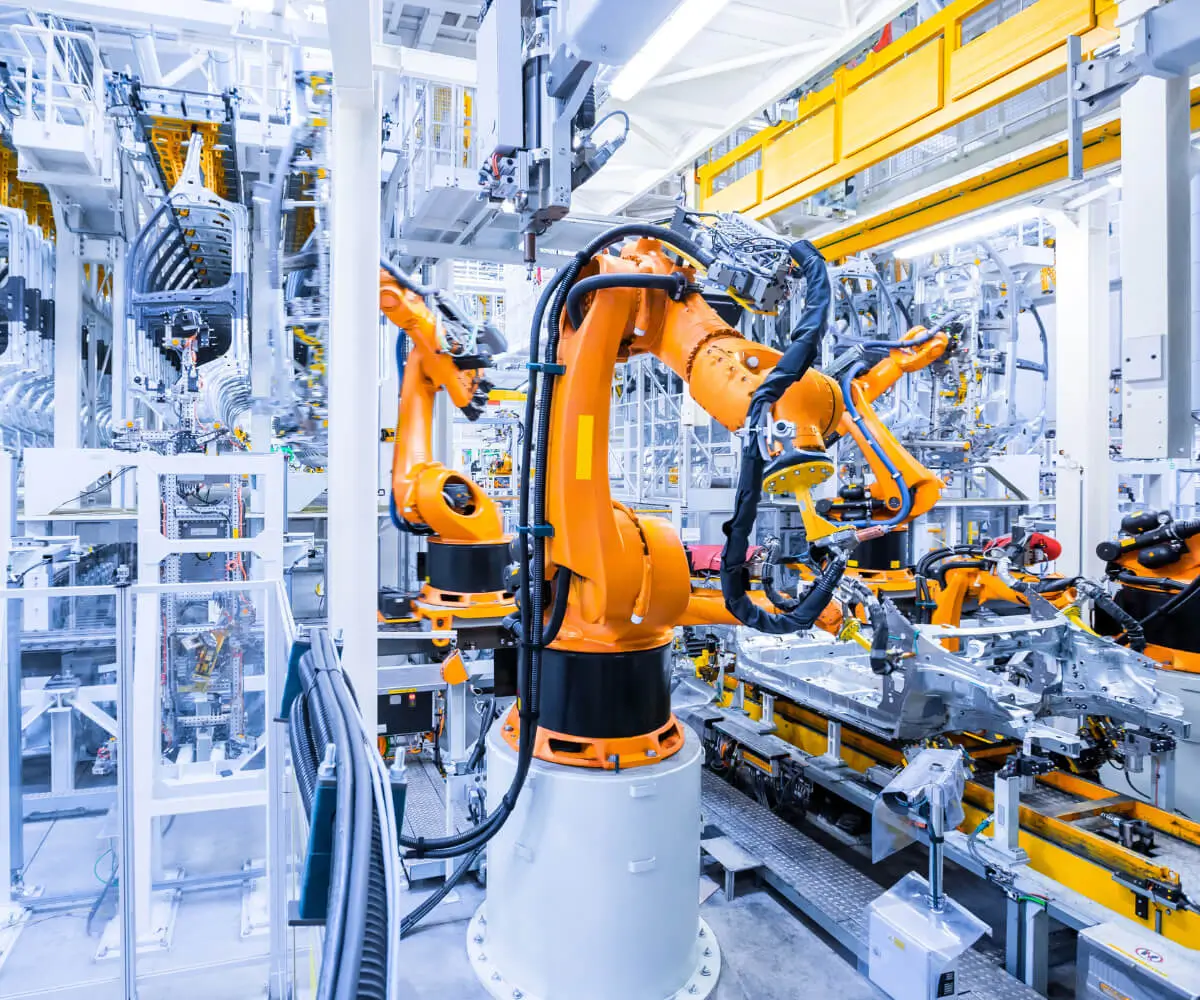In the expansive universe of automation and robotics, few components are as pivotal as the servo motor. It’s the unsung hero meticulously orchestrating movement, enabling everything from industrial robots to camera autofocus mechanisms. Among its many parameters, the servo motor's angle of rotation holds a special place, acting as the key to unlock precise, controlled motion essential for countless modern applications.

Understanding the significance of the servo motor's angle of rotation begins with recognizing what a servo motor actually is. Unlike standard motors that spin continuously in either direction, a servo motor is designed for precision, offering controlled angular position, velocity, and acceleration. At its core, it’s a closed-loop system governed by a control circuit that continuously adjusts the motor's position based on input commands, ensuring unparalleled accuracy.
But what truly sets apart the servo motor is its angle of rotation—the specific degree to which the motor’s shaft can turn. This parameter isn't just a measure of movement; it’s the foundation upon which refined, repeatable motions are built. For instance, a servo motor with a 180-degree rotation can precisely swing from zero to full turn in half a circle — a vital feature for applications requiring semi-circular movement, such as robotic arms or some camera gimbals.
The range of the servo's angle of rotation is typically categorized as either limited or continuous. Limited rotation servos, like those operating within 180° or 270°, are perfect for position-specific tasks. They excel where precise, predictable angles are crucial. Conversely, continuous rotation servos can spin endlessly, making them suitable for applications like wheel drives where the concept of angle isn't as fundamental but control over speed and direction is vital.
The core principle behind controlling the angle involves pulse-width modulation (PWM). Within a typical servo control system, a pulse duration—often between 1ms to 2ms—dictates the target position of the servo shaft. For example, a pulse of 1ms might command the servo to turn fully to one side, whereas a pulse of 2ms sends it to the opposite. Intermediate pulses translate into intermediate angles, allowing for smooth, accurate motion across the designated range.
Examining the mechanics behind the servo's angle of rotation reveals a dance of gears, potentiometers, and control electronics. The servo's motor is coupled to a series of gear trains, usually with high gear ratios to amplify small rotational movements into larger, precise adjustments. The potentiometer, attached to the servo's shaft, constantly feeds back the current position to the control circuit—forming the core of its closed-loop system. When the input command differs from the current position, the control circuitry energizes the motor to bridge the gap, rotating until the potentiometer confirms the target angle is reached.
Why does the angle of rotation matter so greatly? In life and industry, precision is king. A robot arm assembling tiny electronic components cannot afford even a degree of error; a camera stabilizer must respond instantly to movements to keep images sharp; a drone’s control system depends on accurate, quick adjustments to maintain stability. The range and resolution of the servo's rotation directly impact these capabilities, making understanding and choosing the right servo for the task paramount.
Moreover, advancements in servo technology have expanded the horizons of what is possible. Digital servo motors, for example, leverage microprocessors for higher precision and faster response times, often with adjustable parameters like limits on the rotation angle or torque. This flexibility allows engineers and hobbyists alike to tailor servo behavior to exact needs, further emphasizing the importance of understanding the angle of rotation.
In industrial robotics, the angle of rotation becomes even more critical. Many robotic joints must perform complex, multi-axis movements within constrained spaces, demanding tight control over each joint’s rotation. Servos with extended angles—up to 360 degrees or more—make it possible to realize intricate maneuvers and fluid, human-like motions. Conversely, for tasks that require only a limited sweep, smaller angles save energy and complexity.
The material science behind servos also shapes their capacity. High-torque servos often incorporate robust gears and durable materials to withstand repetitive cycles within their maximum rotation angles without slipping or wear that could compromise precision. The balance between mechanical robustness and control accuracy is a constant consideration when selecting a servo based on its angle range.
For hobbyists and professionals alike, the discussion around the servo motor's angle of rotation often extends into customization. Many servos are designed with adjustable travel limits, allowing users to set the boundaries within which the motor operates. This customization protects mechanisms from over-rotation, prevents damage, and ensures safety in delicate assemblies. Some advanced servo systems even enable dynamic adjustment of the rotation range during operation, opening doors to adaptive, intelligent systems.
As we peer into the future, the evolution of servo motors hints at even more sophisticated control over rotation angles. Miniaturization, higher torque, faster response times, and integrated sensors promise servo systems capable of near-instantaneous, highly precise adjustments over increasingly complex movement trajectories. Add to this the integration of AI for predictive control and self-correction, and the potential for servo motors to revolutionize automation seems boundless.
From the simple hobbyist’s robotic arm to complex space exploration equipment, the ability to control and harness the servo motor’s angle of rotation is fundamental. It’s the bridge between command and movement, between idea and realization. As technology advances, understanding this key parameter might just be the secret to unlocking new levels of capability, efficiency, and craftsmanship.
Established in 2005, Kpower has been dedicated to a professional compact motion unit manufacturer, headquartered in Dongguan, Guangdong Province, China.




































